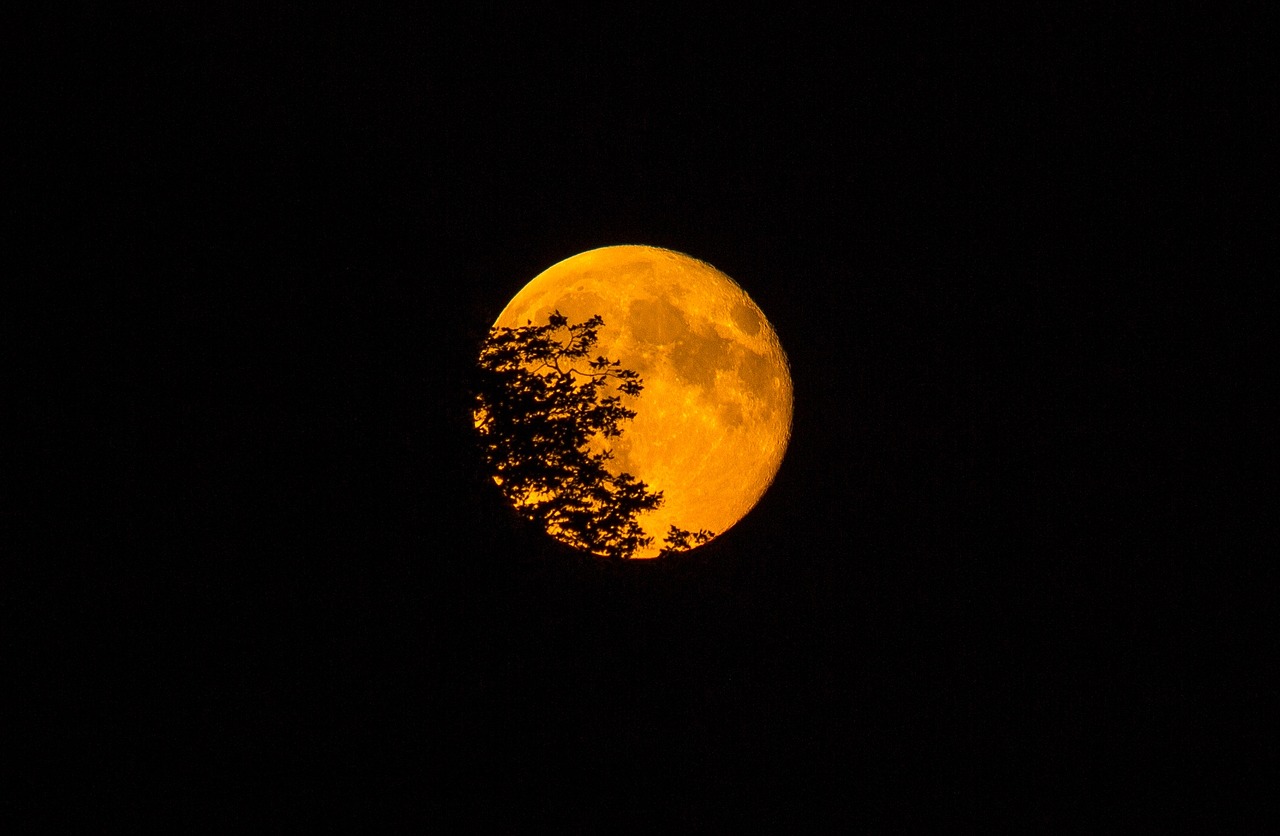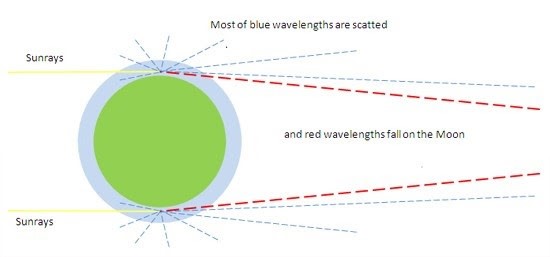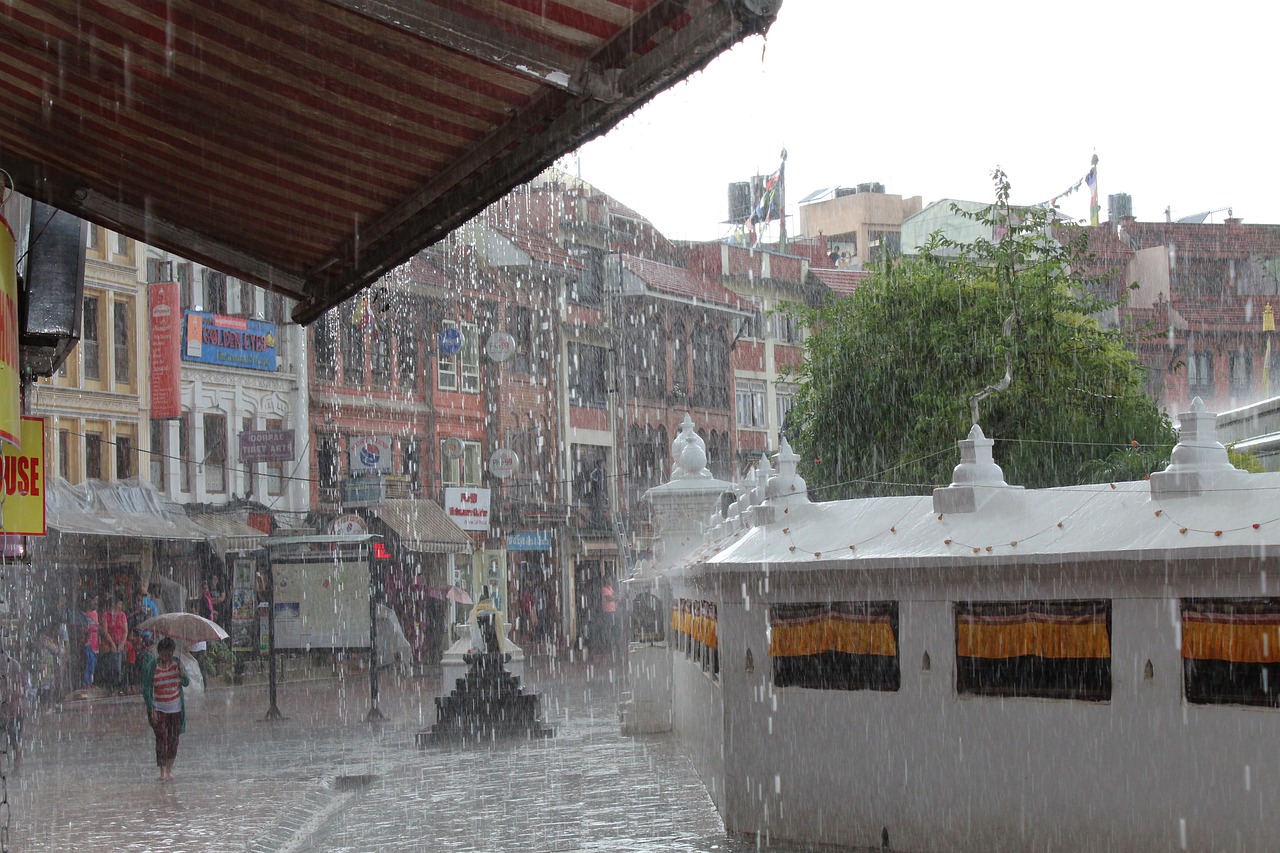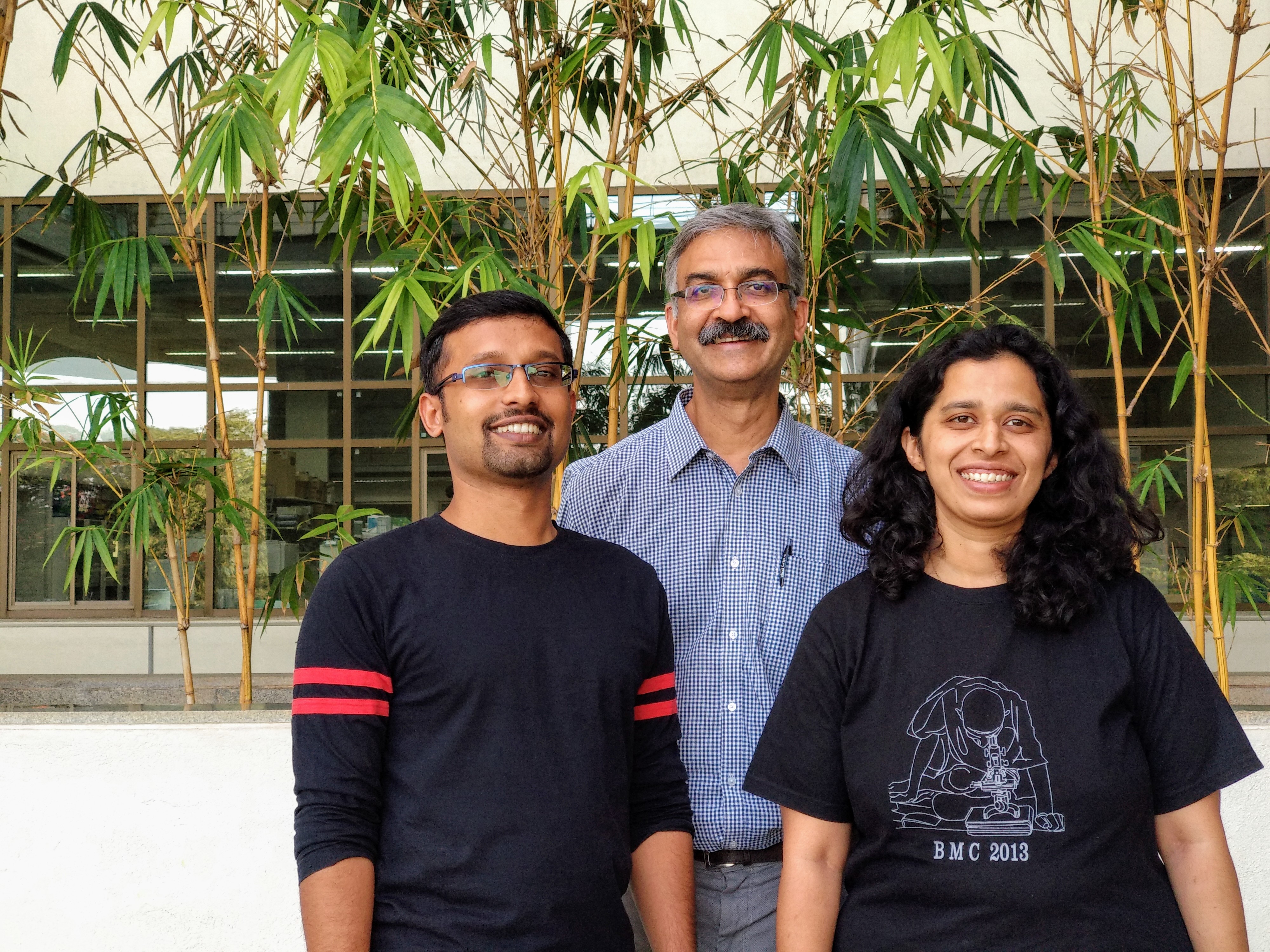
A Rare Celestial Feast “Super Blue Moon Eclipse” Is On the Way
- News
- 1.9K
A rare celestial treat awaits us on January 31. We are going to witness what is called a “Super Blue Moon eclipse”: Three celestial events — a “super-moon”, a “blue moon”, and a total lunar eclipse will occur simultaneously.

Super-moon and blue moon may appear as words out of a Harry Potter fantasy, but they are simple astronomical phenomena. An orbit of the Moon around the Earth takes place once in 27.3 days but the period between two successive full moons is about 29.5 days. This difference happens because successive full moons take place at different points on a slightly elliptical orbit. In its dance around the earth, once in a while, a full moon occurs when the moon is at or near its closest approach, called the perigee point. When this happens, it is called a super-moon.
“The full moon can be about 30 percent brighter and seen as 14 percent larger than usual when super-moon happens. However, it is not very easy to spot the difference with the naked eye”, says Samir Dhurde, Science Educator and Astronomer, from the Inter-University Center for Astronomy and Astrophysics, Pune.
That is with regards to super-moon. What is a blue moon?
In English idiom, ‘once in a blue moon’ refers to any rare occurrence. Even as a lunar month, which denotes the period from one full moon to another, lasts about 29.5 days, months in the Gregorian calendar system that is used uniformly the world over, last between 28 and 31 days. Thus, it is possible to have two full moons in a given calendar month. The second full moon is referred to as a blue moon. The event occurs once in few years.
Now, a few words about the lunar eclipse, the third aspect of the forthcoming event: The orbit of the moon around the earth is tilted at about five degrees to earth’s solar orbital plane. Hence, although on every full moon day, the earth is in between sun and moon, it is not always in a straight line. The position of the moon is either above or below the shadow of the earth and thus sunlight does not get blocked by earth to cause an eclipse. However, once in a while, the Sun, Earth, and Moon align in a straight line resulting in a lunar eclipse, which could be either total or partial.
But, even in total lunar eclipse, the moon will not appear black, although earth will block most of the sunlight. “Earth has a significant atmosphere enveloping it. During a lunar eclipse, while the solid parts of earth block the light, the atmosphere is partially transparent and allows some part of the white sunlight to pass through. The least scattered, reddish part of the VIBGYOR spectrum, can seep through the atmosphere and fall on the Moon during its total eclipse, giving it an eerie, dark, copper-red glow” says Dr. Samir.
Dr. Niruj Mohan of the Public Outreach and Education Committee of Astronomical Society of India points out that Blue Moon is nothing but a social artifact. “Most of the traditional Indian calendars are based on the cycle of the moon. According to Hindu, Islamic or Tibetan calendar, a month cannot have more than one full moon as they only run from one new moon to another. Hence the ‘blue moon’ is not actually any astronomical phenomena, but just a social artifact. It comes about as a result of the worldwide ubiquitous use of the Gregorian calendar.”
There has been confusion over when a blue moon eclipse occurred last, whether it was December 30, 1982, or March 31, 1866. Both dates are right. The last Blue moon eclipse occurred on December 30, 1982, in India and several other parts of the world, while it was much earlier, on March 31, 1866, in the US and some other parts of the world.
This discrepancy is because of differences in time zones around the world. At the fag end of 1982, in the intervening night of November 30 and December 1there was a full moon. It just happened that it had become December 1 in India when the full moon occurred, while it was still November 30 in the US. So, when another full moon occurred 29.5 days later and it was eclipsed, it was a blue moon eclipse for India and just another simple full moon eclipse in the US. So, US missed a blue moon eclipse just by a whisker. In the US, the last time such a fortuitous circumstance occurred was way back on March 31, 1866, and so for them, the blue moon eclipse is occurring after a gap of 152 years and for us just 36 years.
The total lunar eclipse of 31st January will start around moonrise in the evening. It can be viewed anywhere in India, with naked eyes, facing the eastern sky, at the time of Sunset. It is important to choose a location where there are no tall trees or buildings blocking the view to the eastern horizon.
Dr. Niruj urged that one should not be misled by all kinds of “fake news” spreading in social media about the size of the moon. “As the super moon eclipse will be visible at the time of sunset, and moonrise, the moon would appear to be large. This has nothing to do with the fact that moon is closer to earth or anything else. But, it is to do with how human brain works. A full moon close to the horizon will always appear bigger. This effect is called “moon illusion”. It is a mystery yet to be resolved. We do not know why things at horizon appear bigger though they are of the same size. Perhaps the brain is comparing the Moon to nearby buildings and objects”.
Arvind Paranjpye, Director, Nehru Planetarium, Mumbai, clarified that the eclipse will not occur exactly when the moon will cross its closest point to earth. “The moon would have crossed its closest point to earth on 30th January at 3 pm. The full moon on 31st January will take place 27 hours and 30minutes later.”
Dr. Samir noted that “all studies conducted over the centuries have clearly shown that a supermoon or an eclipse has no effect on the human or any other life form. We are far too small to be directly affected by the Moon’s gravity. Moreover, there are no “dark rays” or “negative energy” coming to us from the Moon, nor is there any contamination of the Earth’s atmosphere. This lunar eclipse is just a celebration of a rare celestial alignment. Let us all go out and enjoy it rather than sitting at home in fear”.
So, Mark your calendars, and don’t miss the joy of a ‘copper’ Super Moon on the evening of January 31, 2018. According to Dr. Niruj, the totality part of this eclipse can be seen from 6:22 pm IST to 7:38 pm IST in India, from all places where the moon has risen. (India Science Wire)
By T.V.Venkateswaran
For the latest tech news and conversations, follow Research Stash on Twitter, Facebook, and subscribe to our YouTube channel.


